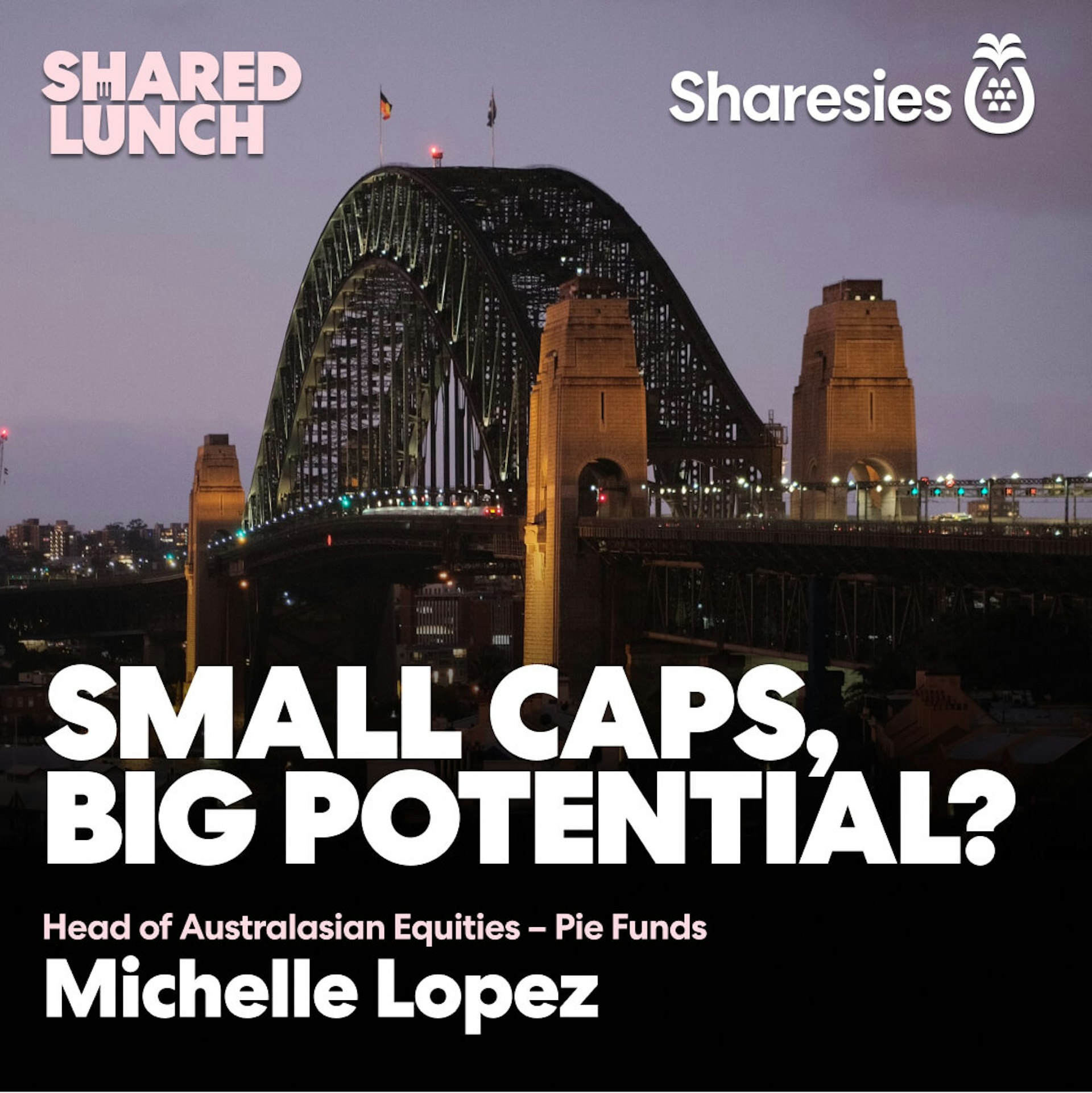What’s a dividend reinvestment plan?
A dividend reinvestment plan (DRP or DRIP) can make it cheaper and easier for you to grow an investment. But how does it work? And how does it differ from reinvesting dividends yourself?

What’s a DRP?
Some listed companies and funds offer a DRP to allow shareholders to automatically reinvest their dividends back into the investment. 🔁
How DRPs work
Say you’ve opted into a company’s DRP and it issues a dividend. Investors who have opted in to the DRP have their dividend reinvested in additional shares, while those who haven’t opted in receive a cash payment.
The number of shares you receive depends on how the company calculates its DRP share price. This price is usually called the ‘strike price’ and often takes the company’s 5-day volume-weighted average price into account. For example, if you’re issued a $10 dividend through a DRP and the strike price is $5, you’d receive two shares in the company.
The dividend reinvestment process usually happens within the company, meaning the shares don’t need to go through an exchange before reaching you (the shareholder). This can save on costs, allowing the company to sometimes offer new shares at a discount, and saving you from paying Sharesies transaction fees.
This process then repeats itself each time the company issues a dividend. Down the line, the company could decide to stop offering its DRP. If this happened, shareholders would be notified.
How’s it different from reinvesting dividends yourself?
You won’t always have the option to opt in to a DRP—not all dividend-paying investments offer a DRP and not all DRPs are available on Sharesies.
If a DRP is an option for you, the main difference is that it’s set up by the company itself, so it might be a cheaper and easier way to reinvest your dividends. If a DRP isn't available on Sharesies, you have the option to auto-invest your dividends. Which, if switched on, automatically places a buy order for your dividend amount (incurring a transaction fee).
Why investments offer DRPs
DRPs are one way a company or fund can generate more capital (cash). Since dividends are cashed in for shares straight away, they’ll have a pretty good idea of how much money they’ll get back from issuing a dividend.
Benefits as an investor 😎
It’s cheaper than reinvesting dividends yourself
Shareholders don’t generally pay transaction fees when they receive shares through a DRP as the trade doesn’t need to go through an exchange. Also, since it costs the company or fund less to issue shares this way, the share price is sometimes offered at a discount. (For example, if the share price is $5, the company might offer the shares at $4 for shareholders in the DRP.)
Dollar-cost averaging
Dollar-cost averaging is when you regularly invest the same amount in a particular investment, regardless of the share price—evening out the amount you pay for shares over time. DRPs could help you add to your investment more regularly. But remember dividends aren’t guaranteed. If and when a dividend is issued (and the value of the dividend) is up to the company or fund.
It’s an easy way to grow your investment
DRPs are easy to set up and automate the reinvestment process. So if you’re someone who often forgets to add to your investments, a DRP can be a way to invest regularly—helping you to grow your portfolio over time.
Things to be aware of 👀
Less control
While the automation of a DRP makes things easy, you lose several aspects of control. For starters, you lose the ability to choose what to do with your dividend income. If you’re not in a DRP, you can choose whether withdrawing, reinvesting, or investing in something else is the best use of that income. Being part of a DRP takes that decision away from you.
A DRP also does not give you control over when you receive new shares and the share price they’re issued at, meaning you may purchase shares at an unfavourable price from time to time. But, if you’re planning to be a part of the DRP for the long term, the overall average price you pay for shares has more of a chance to even out.. ⚖️
Could lead to an unbalanced portfolio
Since DRPs are automated, it’s easier to forget to check in on your investment. And unless you’re regularly adding to all your investments, your portfolio can become weighted towards one thing—increasing your exposure to that one investment and decreasing your portfolio diversification.
Tax
Even though you receive shares instead of a cash payment in a DRP, the dividend value still needs to be reported as taxable income in your individual income tax return.
Where can I find DRPs in Sharesies?
If an investment available through Sharesies offers a DRP, you’ll see Dividend reinvestment plan available on the investment page, under the share price info. Existing shareholders can select Learn more to opt in. New investors can opt in once they’ve made their first investment in a company or fund that offers a dividend reinvestment plan. Be sure to read and understand the offer document before opting in.
Wrapping up
Whether or not a DRP is a good option for you will depend on many different factors—for example, your investment horizon, your investment goals, and how diversified your portfolio is. So before you opt in to a DRP, think about whether it’s right for your personal situation. If you need help making a decision, speak to a financial advisor.
Ok, now for the legal bit
Investing involves risk. You might lose the money you start with. If you require financial advice, you should consider speaking with a qualified financial adviser, or seek independent legal, taxation, or other advice when considering whether an investment is appropriate for you. Past performance is not a guarantee of future performance. This content is brought to you by Sharesies Limited (NZ) in New Zealand and Sharesies Australia Limited (ABN 94 648 811 830; AFSL 529893) in Australia. It is not financial advice. Information provided is general only and current at the time it’s provided, and does not take into account your objectives, financial situation, and needs. We do not provide recommendations. You should always read the product disclosure documents available from the product issuer before making a financial decision. Our disclosure documents and terms and conditions—including a Target Market Determination and IDPS Guide for Sharesies Australian customers—can be found on our relevant NZ or Australian website.
Join over 930,000 customers



